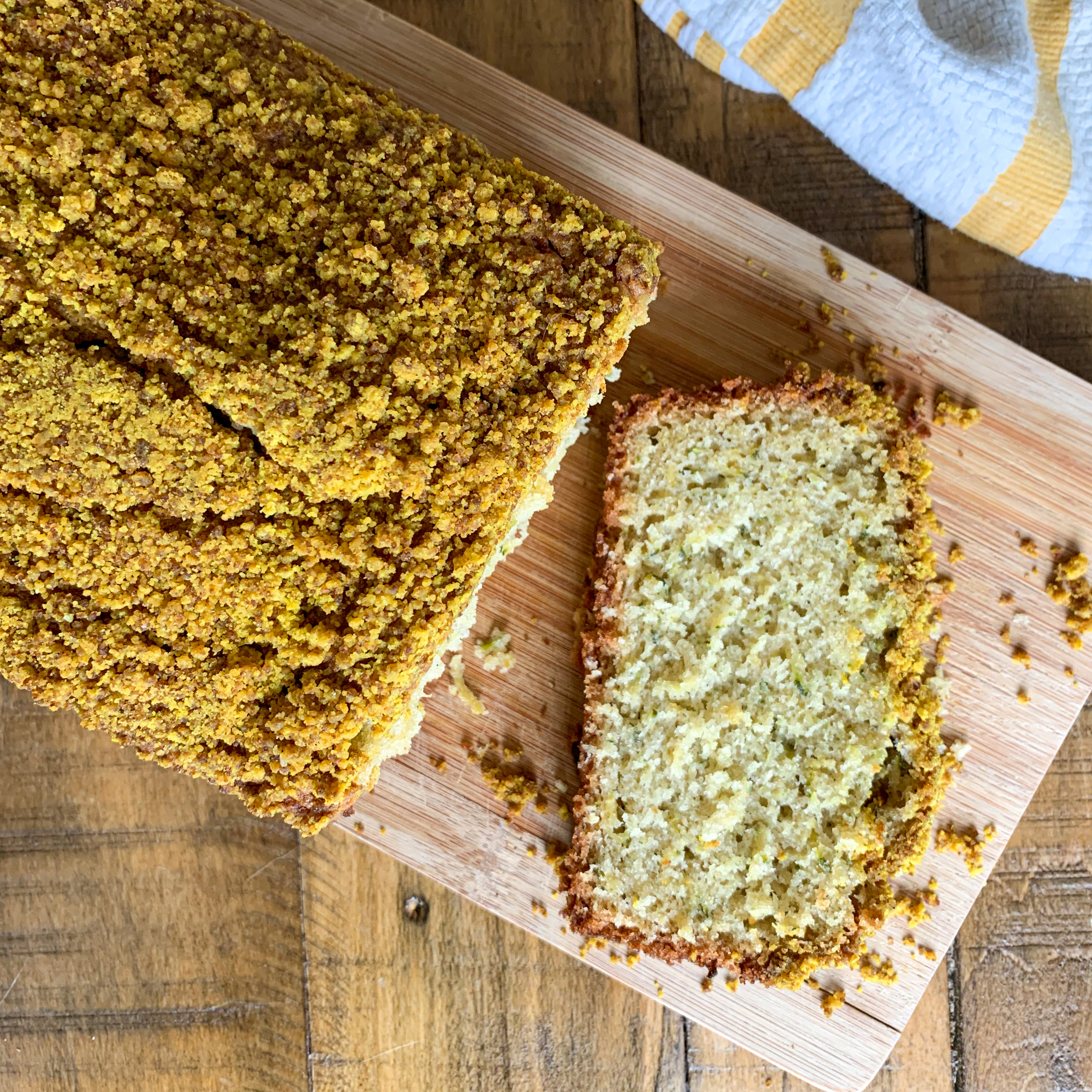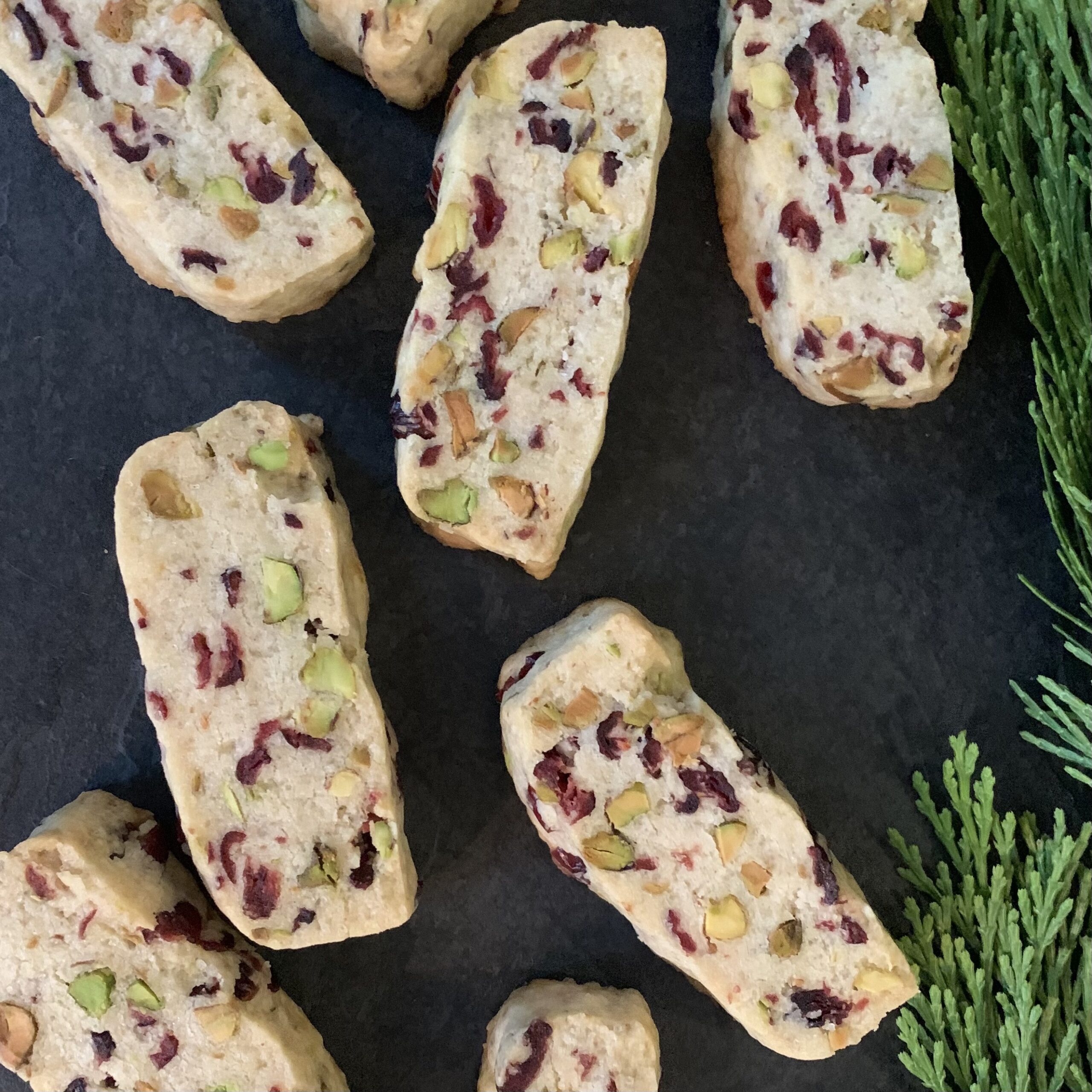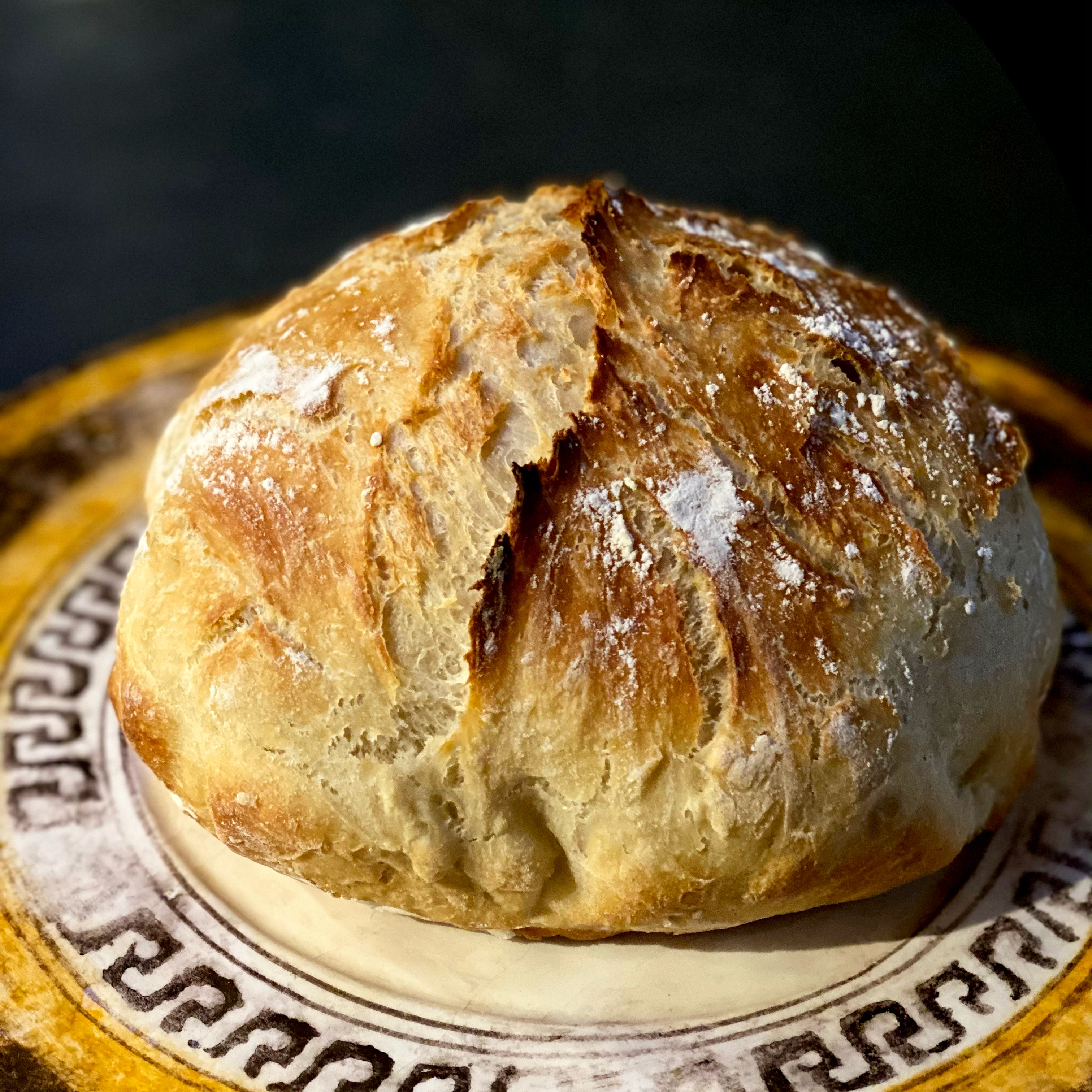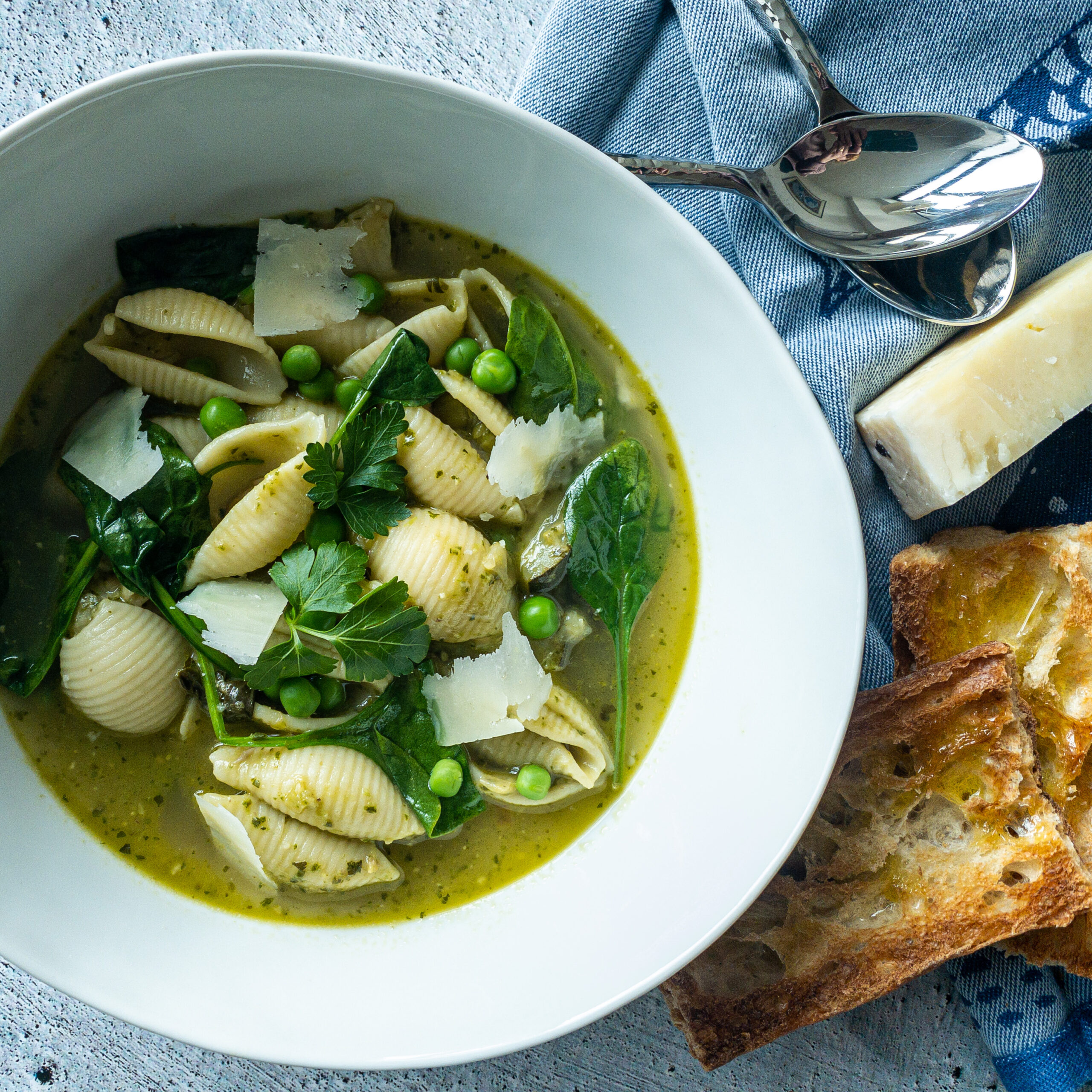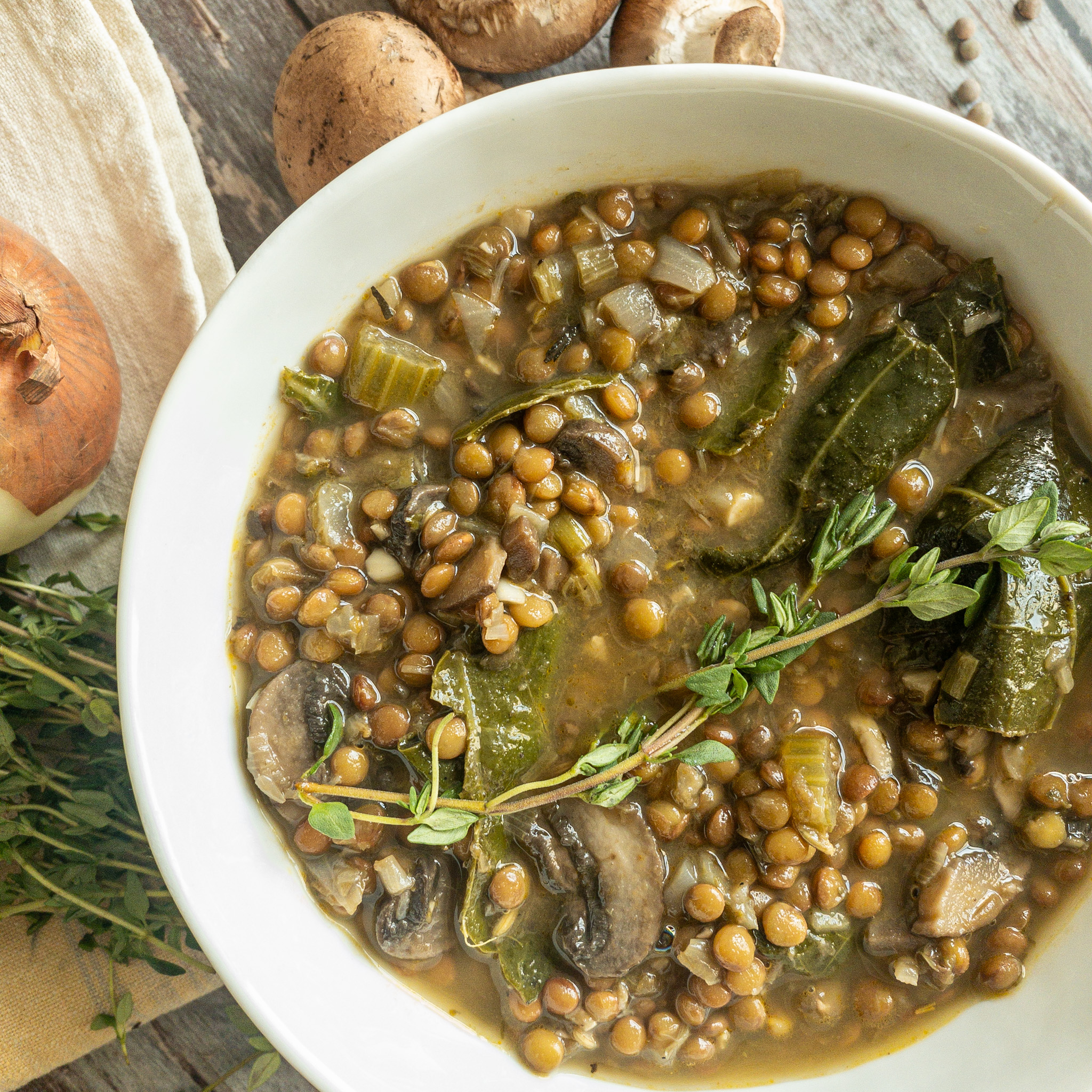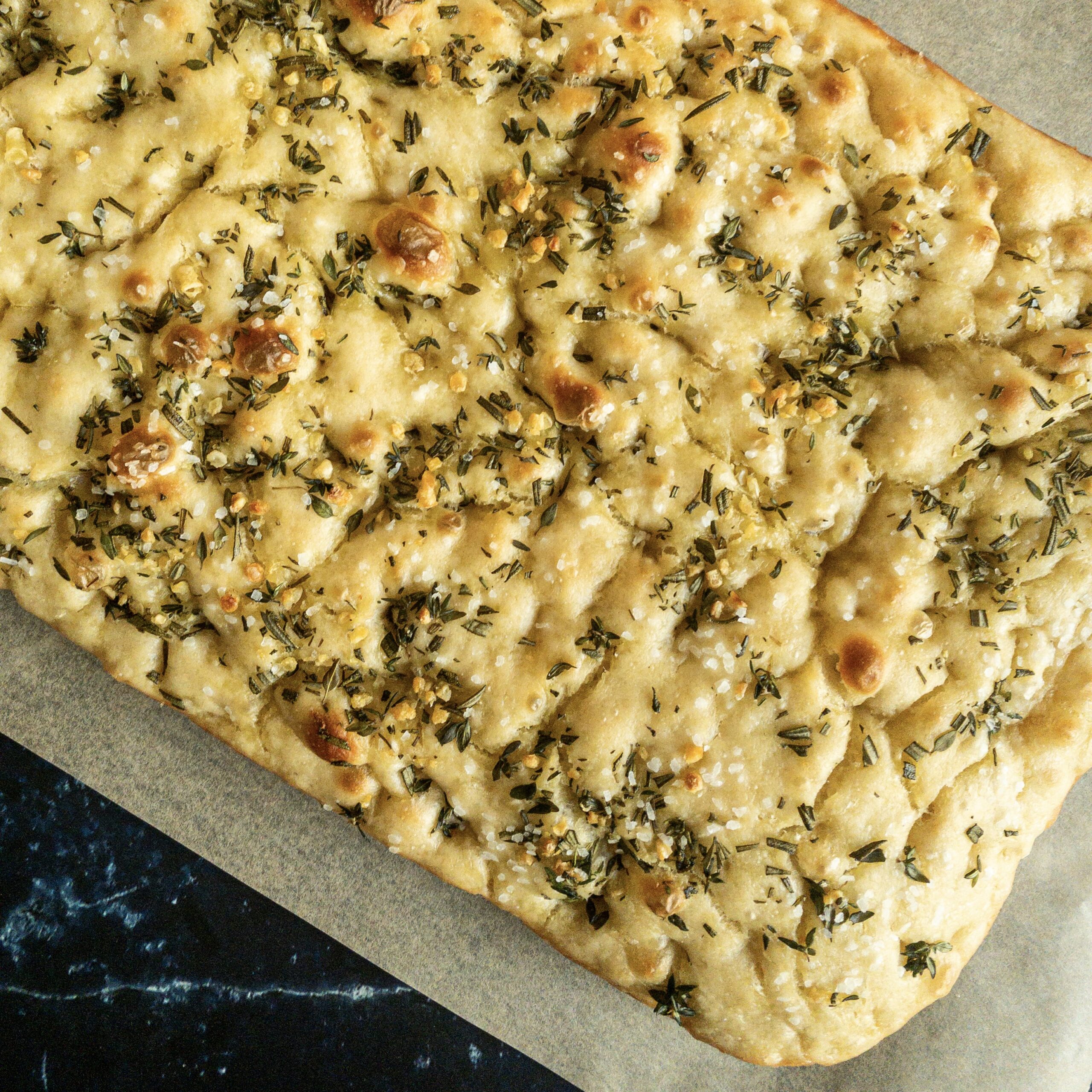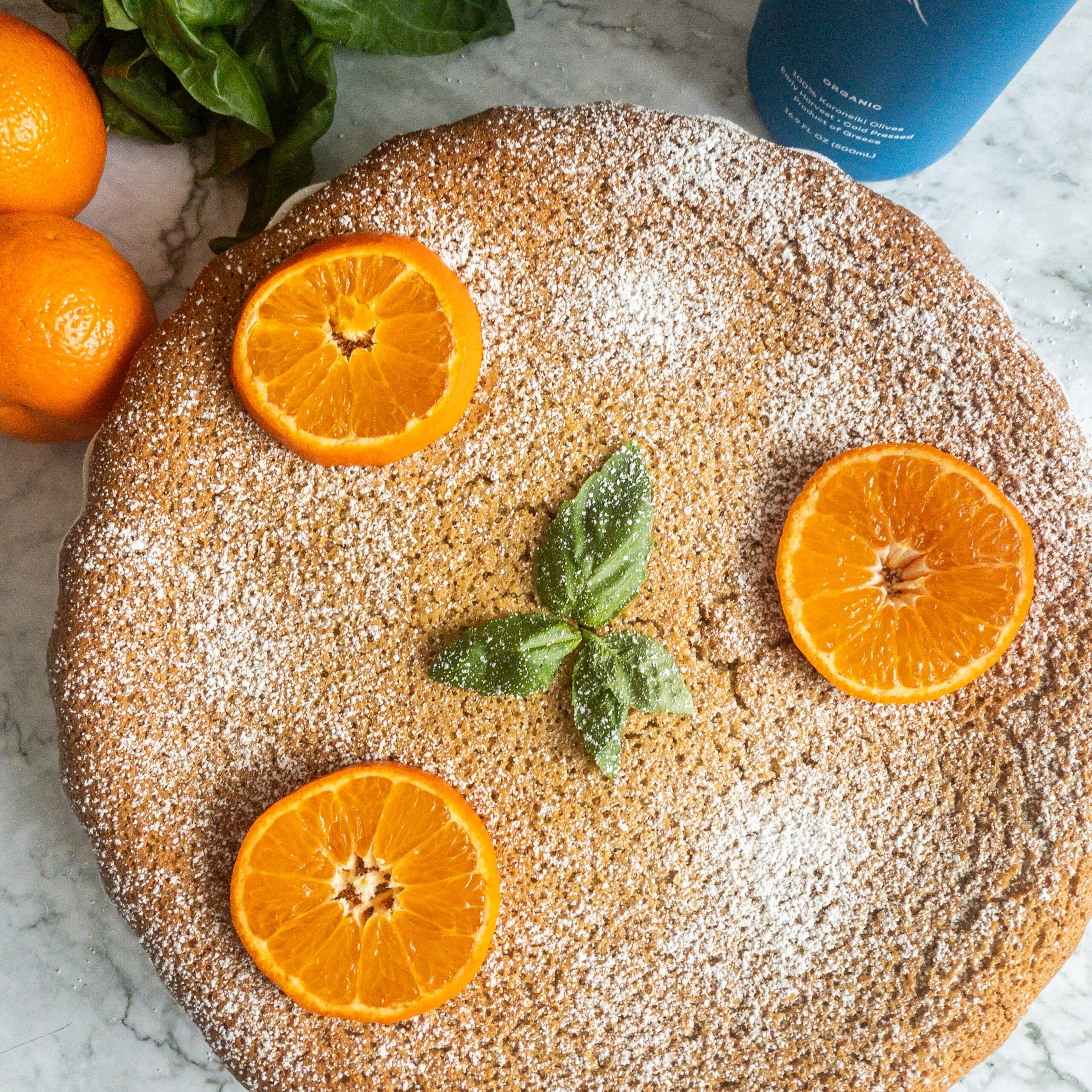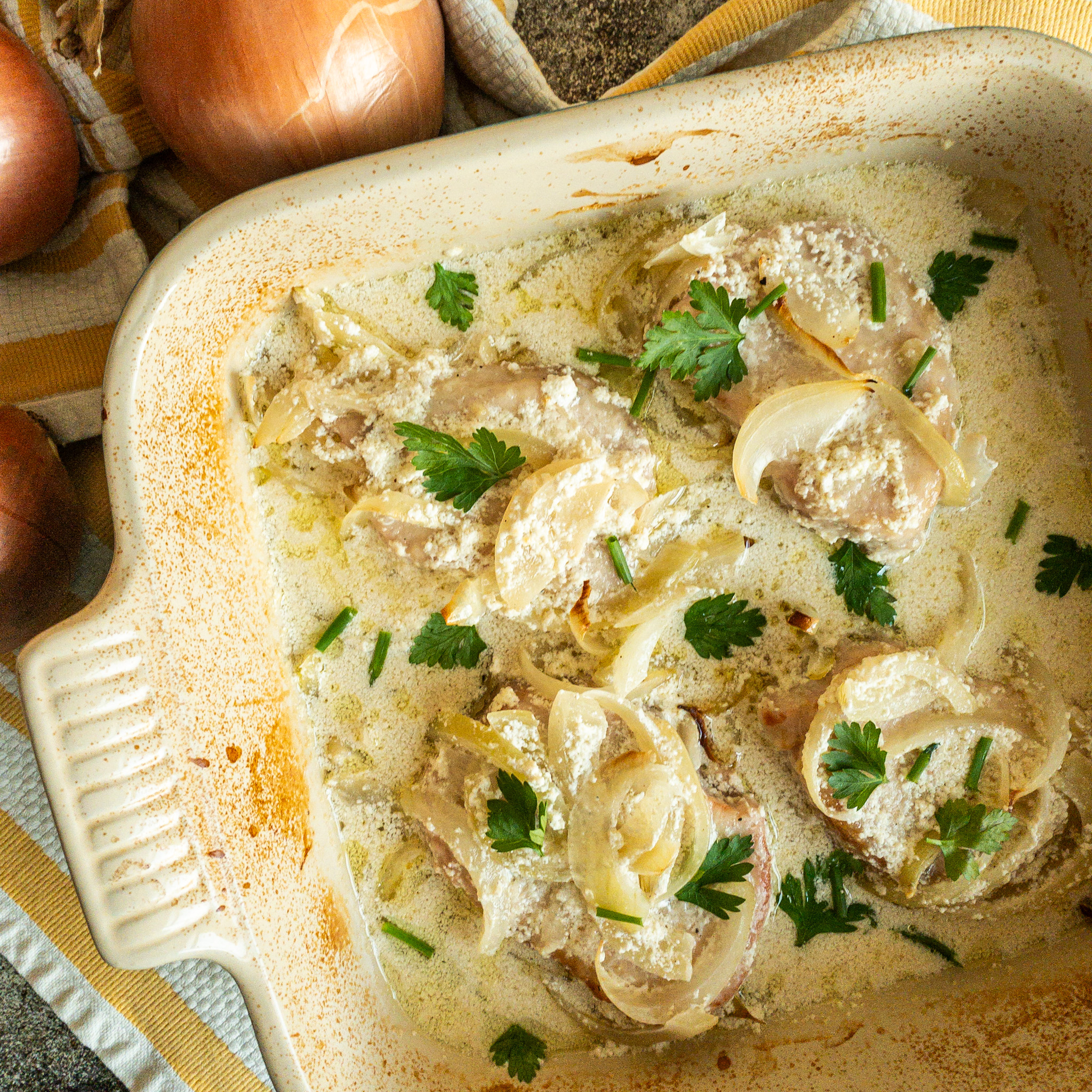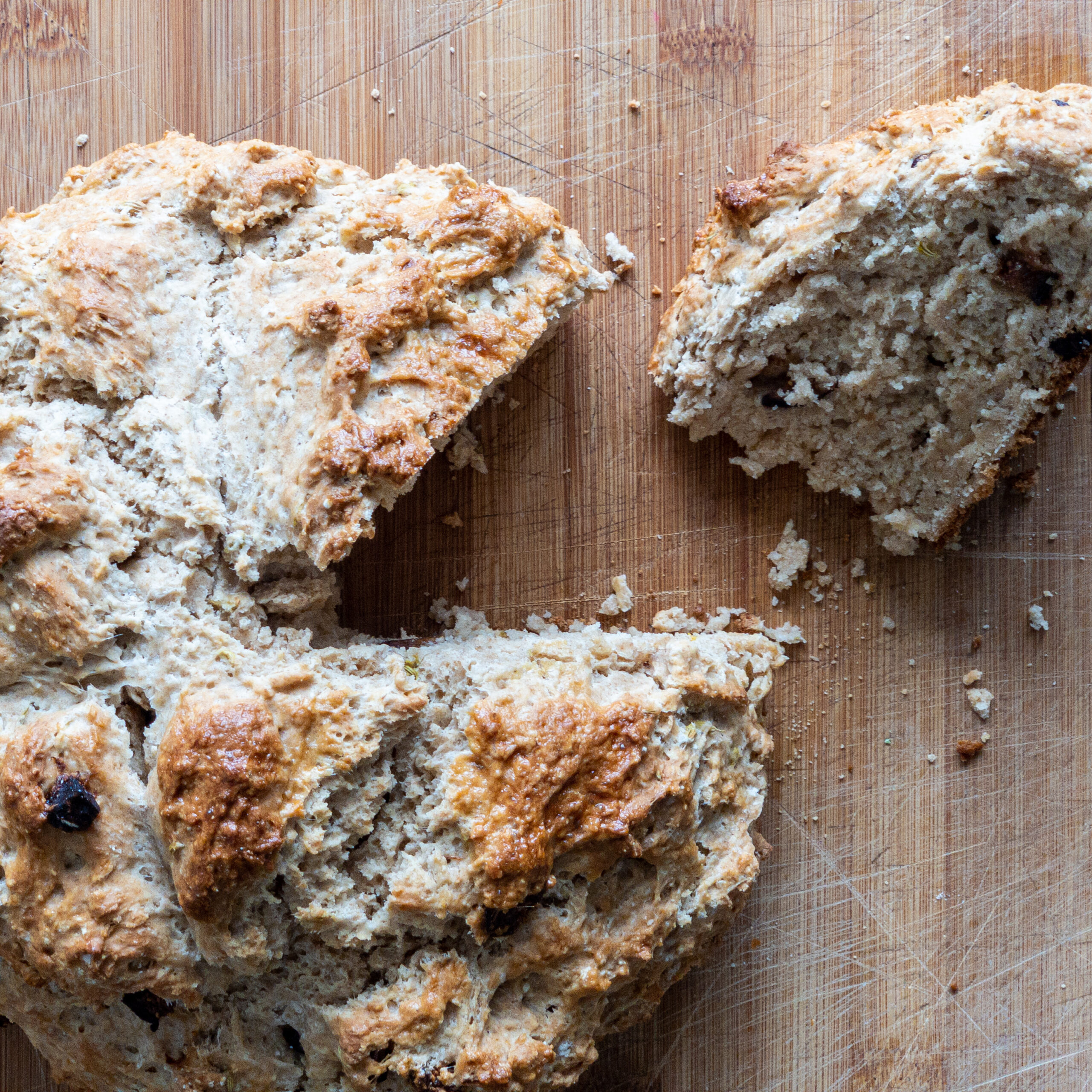
Saint Patrick’s Day is coming up, and while I’m not one to necessarily “celebrate” the holiday, I will definitely use it as an excuse to try some classic Irish recipes!
Irish soda bread is a quick and easy type of bread that gets it’s name from, not Coca Cola, but one of the most famous leaveners in baking—baking soda! In this recipe, the soda acts similarly to yeast in other bread recipes, by producing tiny air bubbles allowing the bread to rise.
what makes soda bread so special?
This bread is super easy to make, only taking about an hour from start to finish, which is uncommon for most bread recipes. There has to be a catch, right? Not really! It is a bit denser than, say, a fluffier French bread, but this bread comes out with a crunchy outer crust and a soft, slightly sweet crumb. It makes it a great dipping bread, but it’s also amazing with just a smear of salted butter.
The key to the yummy insides of this bread is the buttermilk, which isn’t all that common in most bread recipe. The dried fruit also adds a special touch to the bread. Traditional Irish soda bread is typically made with raisins, but I tried something a little different with dried figs, mostly because I just love their flavor. You can absolutely substitute other dried fruits or nuts or just leave out the extras all together!
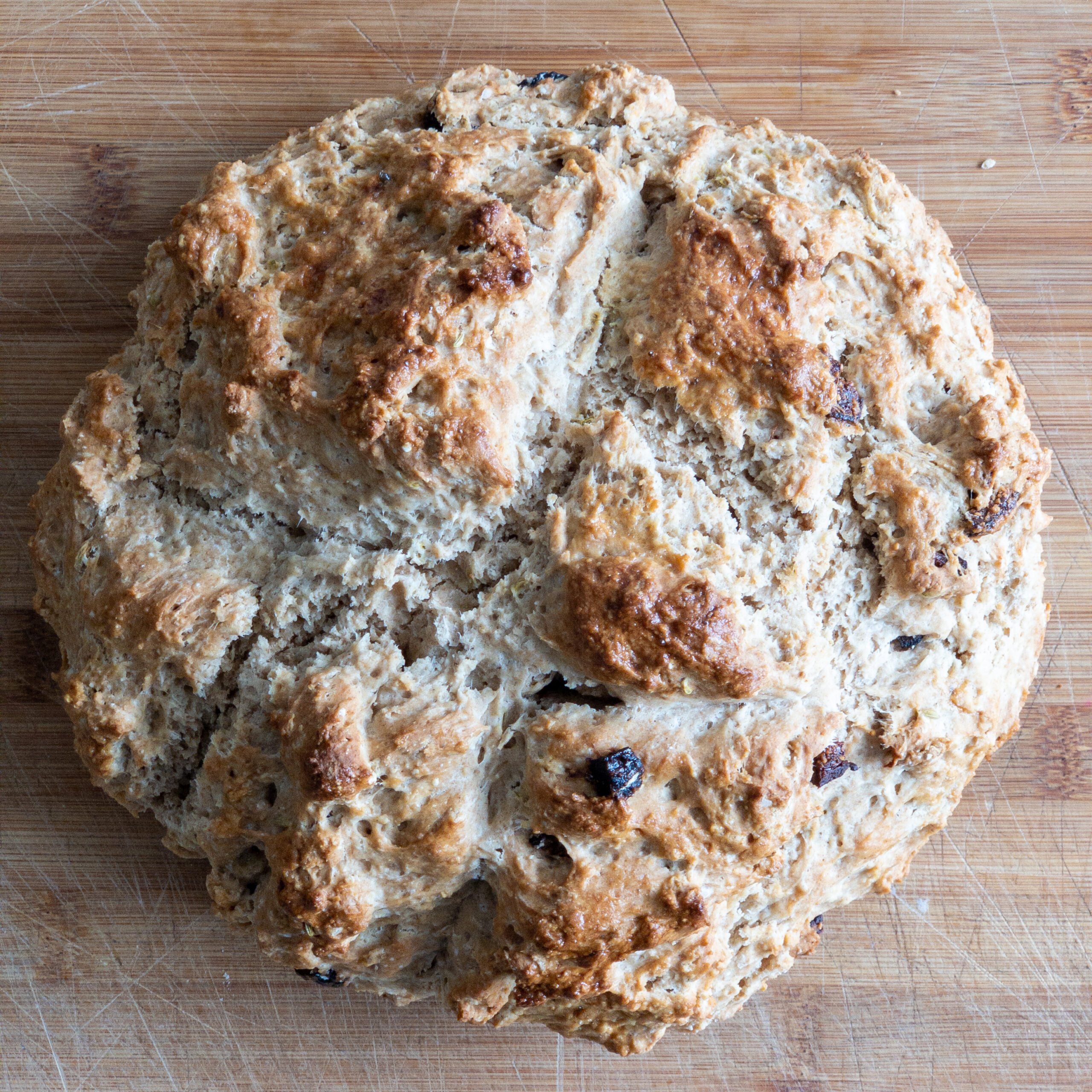
low risk, high reward
As I mentioned, this bread is super easy to make and it’s difficult to mess up. You don’t need to do any special kneading or waiting for the bread to rise, and you definitely don’t need any special equipment.
You’re going to start by lining a Dutch oven with parchment paper. I like using the Dutch oven, because it helps the bread keep a nice rounded shape, but you can honestly just place the bread on a baking sheet as well.
Then, you’ll whisk together the flour, sugar, baking soda, baking powder, and salt. Once it’s combined, you’ll work in the butter which should be cold (like right from the fridge) and cut into cubes to make it easier to add in. Mush like a pastry crust, you’ll use your hands to work it in until the dough is a crumbly mixture (small chunks of butter are okay!).
Finally, you’ll add in the buttermilk and stir in the figs or whatever dried fruit you’re using. Then, you’ll lightly flour and shape the dough, place it in the Dutch oven, and cut a large X on the top with a sharp knife. And then you bake, and that’s it! Time to enjoy.
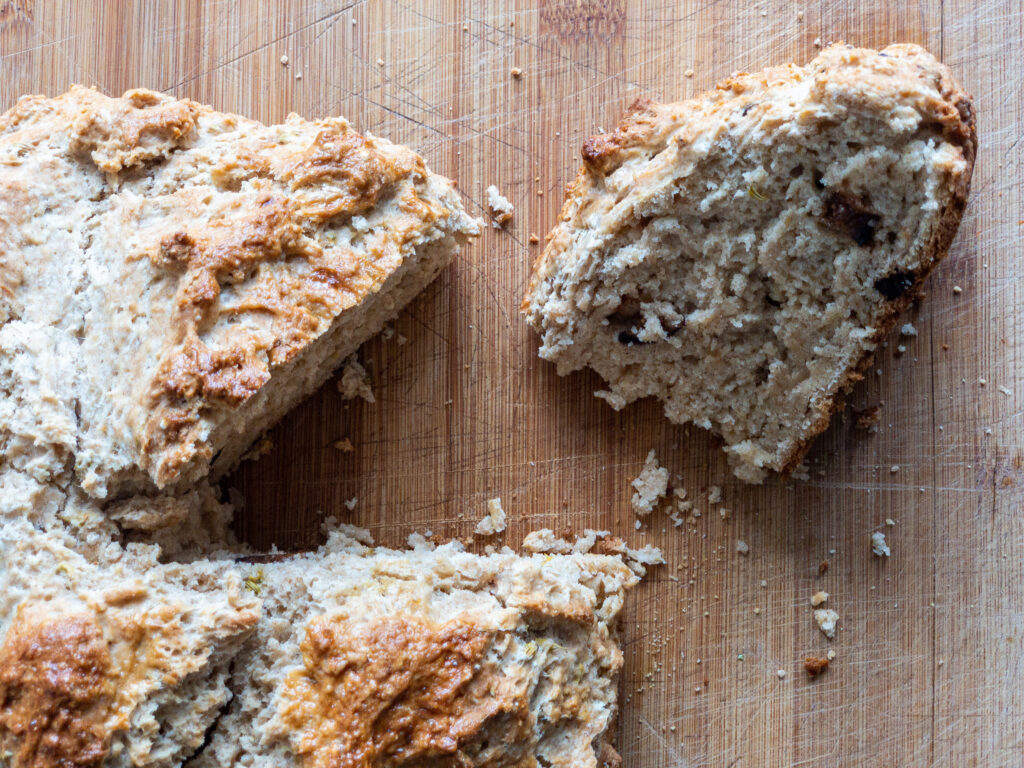
⟶ the recipe
irish soda bread with dried figs

ingredients
2 cups all-purpose flour
3 tablespoons sugar
½ teaspoon baking soda
1 ½ teaspoons baking powder
¼ teaspoon salt
¼ cup (half a stick) of cold butter, cubed
¾ cup buttermilk
1 cup chopped dried figs
Prep time
15 minutes
Cook time
45 minutes
Total time
1 hour
Makes 1 medium loaf
instructions
Preheat oven to 375 degrees Fahrenheit, and line a Dutch oven with parchment paper.
In a large bowl, whisk together the flour, sugar, baking soda, baking powder, and salt, until well-combined.
Using your hands, work in the butter, until the batter is fully mixed and forms pea-size crumbs. Add the buttermilk, and mix until the dough comes together. Stir in the figs.
Turn the dough onto a lightly floured surface, and form it into a circular shape. Place dough in the Dutch oven and cut a shallow cross into the top of the dough with a sharp knife.
Bake the bread for about 45 minutes or until the bread is a nice golden brown. Transfer bread to a wooden cutting board, and allow it to cool for about 5 minutes before cutting and serving.
⟶ recipe notes
- If you don’t have a Dutch oven, you can bake the soda bread on a baking sheet or in a cast-iron skillet lined with parchment paper
⟶ modifications
- The figs add a nice sweetness to the bread, but you can enjoy it without them as well. Or, you can go the more traditional route, and add raisins. Other dried fruit ideas are dates, apricots, and prunes
If you don’t have buttermilk, make it yourself by adding about a tablespoon of white vinegar to a cup of milk. Let the mixture sit for at least 5 minutes or until you begin to see some curdling (separation of the milk and vinegar)
⟶ store it
- Store bread on the counter wrapped in foil or in Tupperware for up to five days after baking

